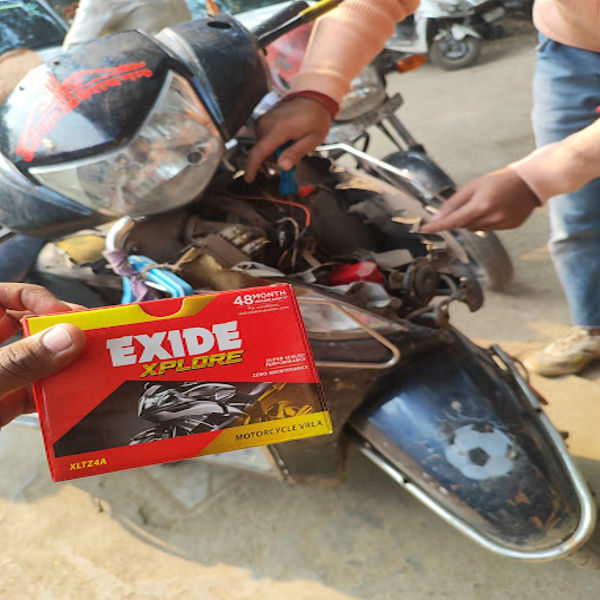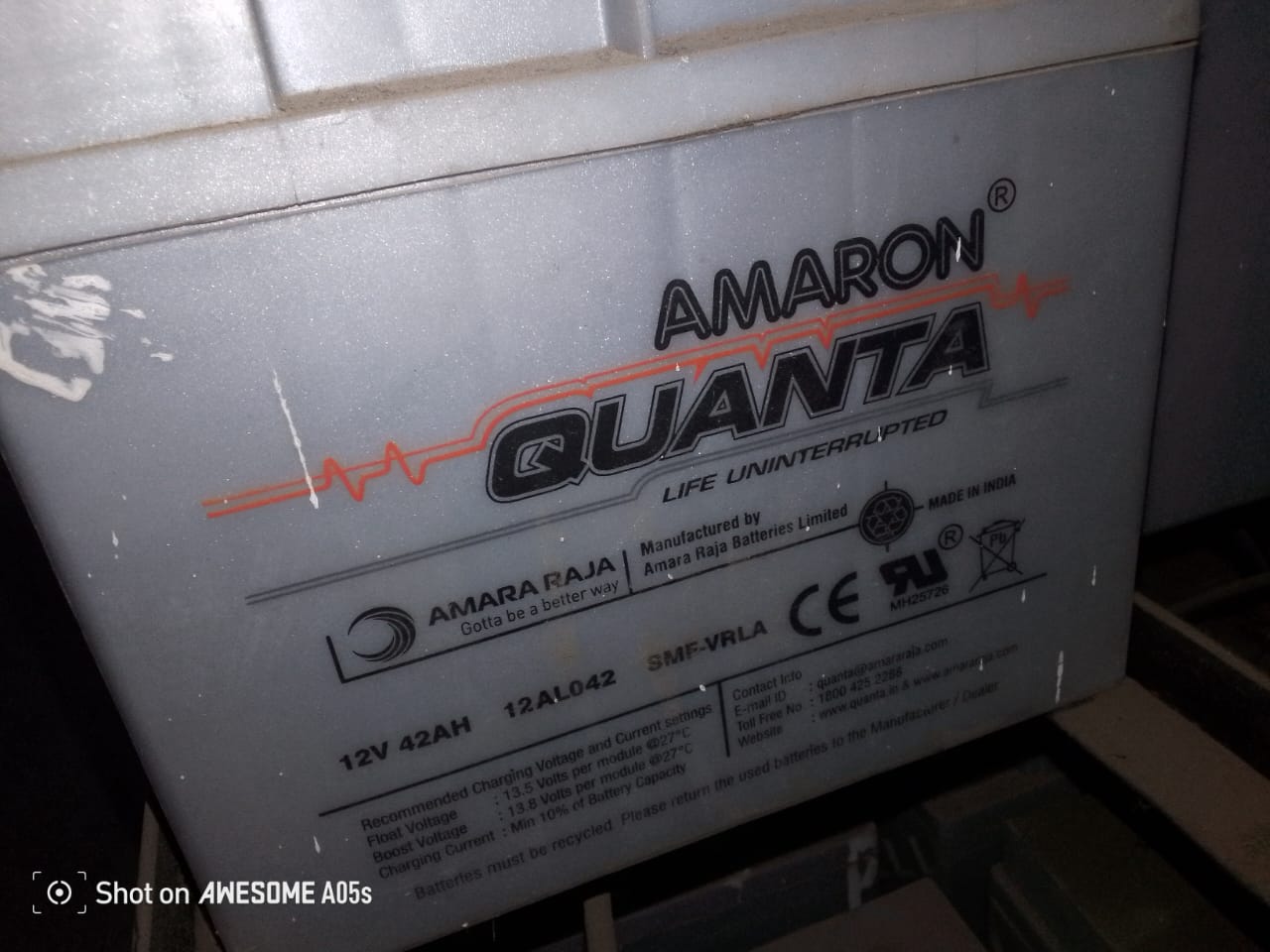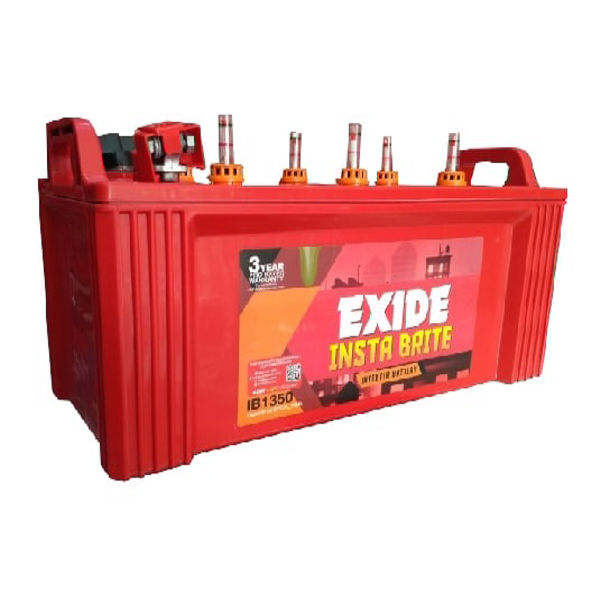SB MODEL & LB MODEL The Vertiv 3kVA UPS models in the SB (Standby) and LB (Line-Interactive) series are designed to provide power protection and backup for medium-sized equipment or small-to-medium office environments, server rooms, and critical infrastructure. Below are the detailed specifications and features for each of these series in the 3kVA range. 1. Vertiv 3kVA SB (Standby) Series UPS The SB Series for 3kVA is a basic uninterruptible power supply solution. The Standby topology is typically the most cost-effective option, ideal for environments that require minimal backup time and surge protection without sophisticated power regulation. Key Features: Topology: Standby (Off-line) UPS Power Rating: 3kVA / 3000VA Output Power: 1800W - 2400W (varies by model) Input Voltage: 160V - 280V (wide voltage range) Output Voltage: 230V ± 10% (standard for most regions) Waveform Type: Simulated Sinewave (approximate sinewave output) Battery Type: Sealed Lead-Acid (SLA) or VRLA (Valve-Regulated Lead-Acid) Battery Capacity: 12V, 9Ah, 12Ah, or higher (depending on model) Charging Time: Typically 4-8 hours for a full charge Backup Time (Runtime): Provides backup for 5-20 minutes depending on load (e.g., 60-70% load) Cooling: Fan-assisted cooling for heat dissipation Interfaces: USB/Serial ports (some models include monitoring software) Form Factor: Typically Tower form factor Additional Features: Surge protection (for protection against power spikes) Overload protection and short-circuit protection Battery and overload indicators (LED and audible alarms) Optional software for remote monitoring and automatic shutdown Compact design for easier deployment in small-to-medium businesses, home offices, or workstations Ideal Use Case: Home offices and small businesses needing reliable backup power and surge protection Low power devices like workstations, point-of-sale (POS) systems, small networking equipment Environments where minimal power conditioning and voltage regulation are required 2. Vertiv 3kVA LB (Line-Interactive) Series UPS The LB Series for 3kVA uses a Line-Interactive topology, providing more advanced protection and efficiency, making it ideal for environments where power quality and stability are essential. The line-interactive design offers better Automatic Voltage Regulation (AVR), correcting voltage fluctuations without switching to battery power. Key Features: Topology: Line-Interactive Power Rating: 3kVA / 3000VA Output Power: 2100W - 2700W (varies by model) Input Voltage: 140V - 300V (wider input range compared to the SB series) Output Voltage: 230V ± 10% (standard for most regions) Waveform Type: Simulated Sinewave (or Pure Sinewave on some models) Battery Type: Sealed Lead-Acid (SLA) or VRLA Battery Capacity: Typically 12V, 9Ah, 12Ah, or higher (depending on model) Charging Time: 4-6 hours to fully charge the battery Backup Time (Runtime): 10-30 minutes depending on the load (e.g., for 50-60% load) Cooling: Fan-assisted cooling Interfaces: USB/Serial ports (for monitoring and management software) Form Factor: Tower or Rackmount (depending on the specific model) Additional Features: Automatic Voltage Regulation (AVR): Corrects minor voltage fluctuations without using battery power Cold Start Capability: Can start without mains power (useful during power failures) LCD Display (on some models) to show real-time UPS status, battery level, and load information Overload, short-circuit, and low-battery protection Smart battery management for enhanced performance and extended battery life Audible alarms for power events (e.g., low battery, overload, fault) Smart monitoring and remote management with optional software for logging events and automatic shutdown during extended power outages Ideal Use Case: Small-to-medium-sized servers, network equipment, and critical infrastructure requiring more advanced power protection Environments needing consistent power quality, such as server rooms, medical equipment, and point-of-sale systems Small businesses with sensitive equipment that requires more stable voltage levels and longer backup time
Send Message







